EAT IN ASIA / Destinations / Other destinations / Europe / Hungary
Thai and Chinese food in Hungary
Tags: HUNGARY
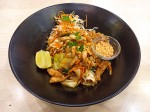
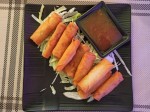
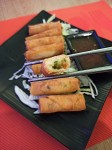
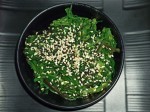
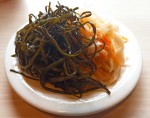
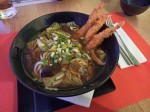
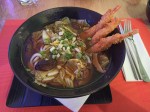
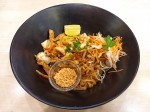
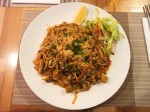
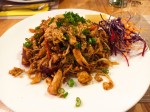
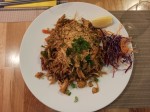
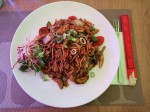
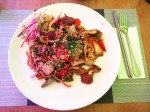
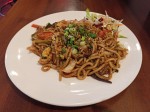
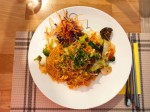

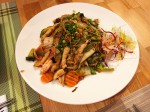
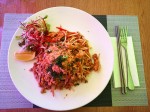

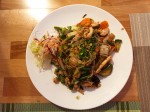

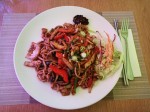
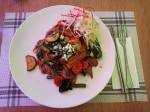
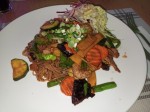
I guess, I do not have to say that we love Asian food. Rice, noodles, a lot of vegetables, aromatic spices, and flavorful sauces! Well, actually it is rather impossible not to like it. So, even in Hungary we could not skip some meals like that. Especially fried noodles! So tasty! Rice, glass noodles or Udon noodles. All so wonderful, especially when served with Asian sauces. Thick, semi-spicy, a little bit sweet and salty. All flavors in moderation and none of them overwhelming the whole rest. A great composition of five elements, so typical in many Asian countries.
Even though the Asian cuisine is not dominating the Hungarian gastronomy, it still plays quite an important role. Of course, all Italian and national restaurants create the main part of all eateries, but still, places with Thai or Chinese cuisine do exist. What is more, they make a significant number and a lot of them is worth checking.
So, let’s start our culinary journey through different flavors and tastes!
Starters
Let’s start with starters. There is a lot of possibilities for a great appetizer. Salads, seaweeds, traditional spring rolls and multiple types of tempuras, it is good to choose something less common and unique.
Wakame seaweed salad

That is why, I would recommend picking wakame seaweeds that are extremely healthy. Wakame seaweeds are rich in B vitamins. Especially worth mentioning are B9 (folate), B3 (niacin), B2 and B5. Apart from that, wakame seaweeds have a lot of minerals! Manganese, magnesium, iron, calcium, and zinc are the most important.
Wakame seaweeds are served with black and white sesame seeds and some sesame oil. Sometimes, they come almost alone, just with a dash of oil. It is really great! If you are seaweed fan, try Japanese Onigiri.
Japanese salad
However, if you do not like seaweeds solo, you still have other options. Choose any fresh salad, like a Japanese one with julienned daikon, carrots, iceberg lettuce, radish and just some seaweeds. In this case, all flavors mix together and the specific wakame aroma is a little bit softened. Usually, it is served with a miso sauce that only improves the whole salad.
Asian mixed salad
Or choose a mix salad that is a colorful composition of daikon, tomato, cucumber, red cabbage, and mango on an iceberg lettuce. Not only is this salad beautiful, but also has a great sauce that to highlights all aromas.
Another option is to select any kind of tempuras. Deep fried with a crunchy crust and with a delicate meat inside. Try not only chicken on tempura but choose octopus or shrimps.
Spring Rolls
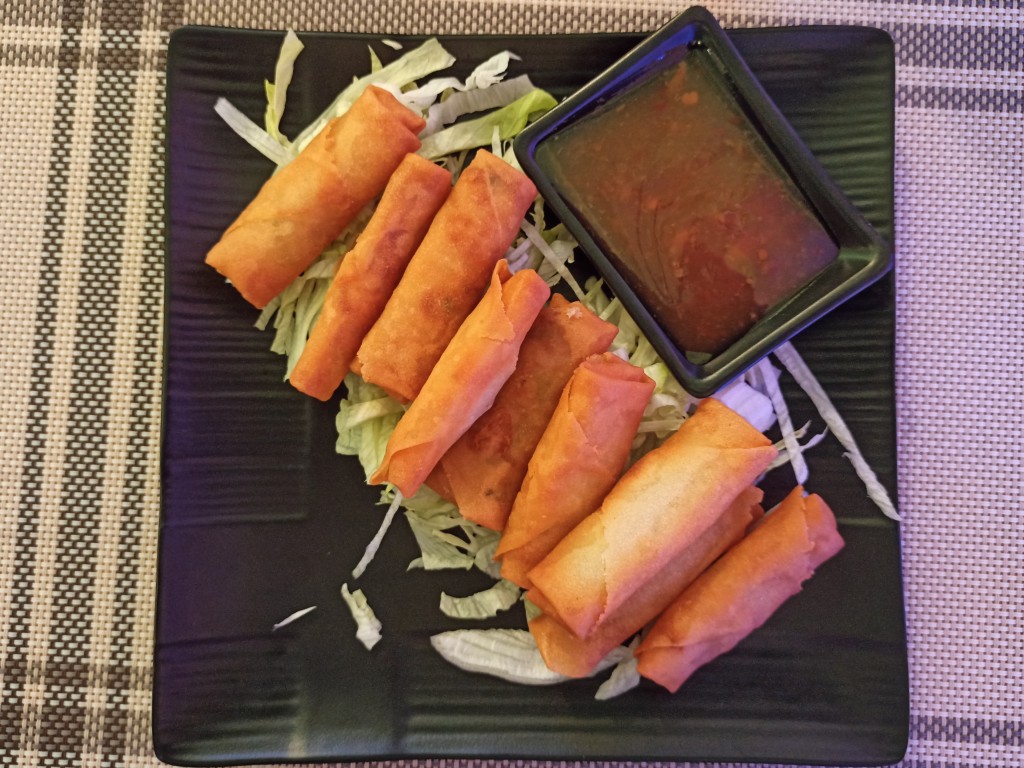
Of course, no Thai or Chinese restaurant could have menu without spring rolls. Fresh or fried, they are always a nice accompaniment for a glass of beer. Fresh vegetables inside and a delicate rice paper are a healthy and a light starter. For a crispy version, choose deep fried spring rolls that would be golden and crunchy from the outside, and soft and tender inside. Don’t forget to use a semi-spicy or a sweet and sour hot pepper sauce to underline the delicate flavor of the meat or just vegetables.
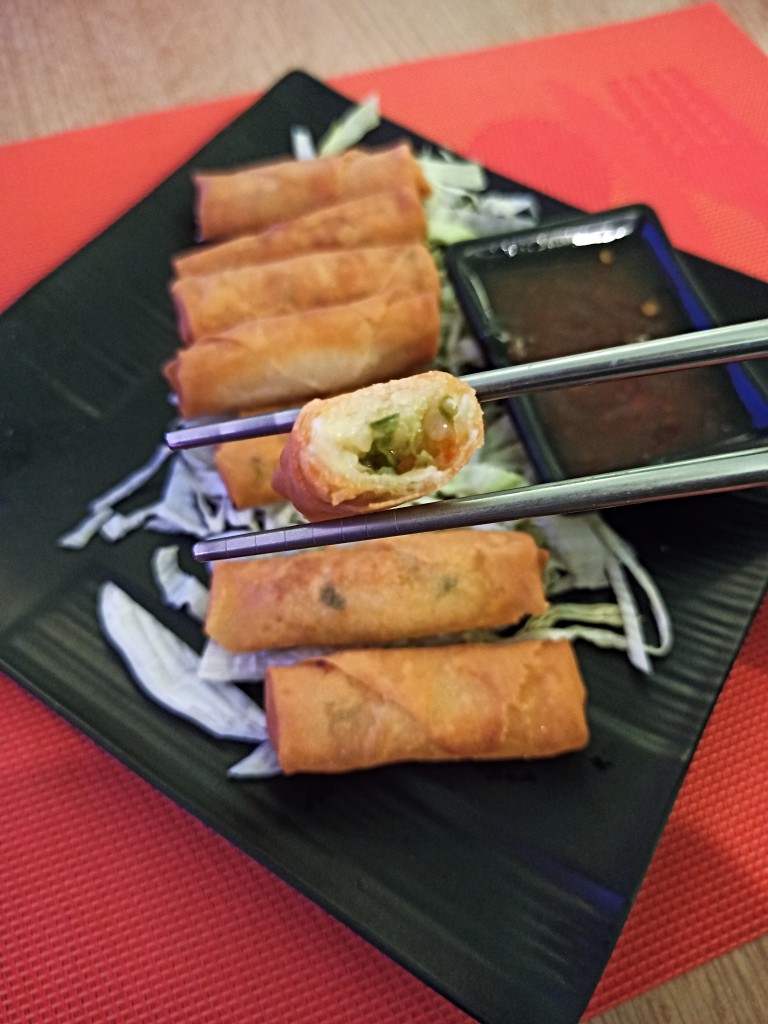
Edamane soybeans
Finally, try boiled soybeans – edamame. Boiled and salted are a great snack too.
Now, it is time for the main course. And let’s start with soups.
Soups
Soups in Asian cuisine are completely different from what you might know from other countries. Actually, these soups are more like a whole meal than just a small cup of a soup before the main course. If you are not familiar with them, and you wish to have a soup for your meal, skip at the beginning other mains. Well, if you are very hungry, you can take both, but I would recommend taking a starter and a soup. Thanks to that, after the whole meal you will not feel overwhelmed by food.
Asian soups are served in a large bowl and with a lot of noodles. Depending on the soup type, you get different noodles. So, regular egg noodles, rice noodles, Udon noodles and almost all other types. These noodles are relatively long (over 20 centimeters long), flat or spaghetti like. Apart from that, soups have a lot of vegetables, mainly cabbage and onion, and some spices. The most popular is ginger, galangal, lemon grass and lemon leaves (very often it is Kaffir lemon). Then, choose your protein. Although the most popular is chicken or pork, beef and fish options are also available. Of course, you can always ask to have a vegetable version, or choose tofu instead of on meat or seafood.
Soup with Udon noodles and shrimps in tempura
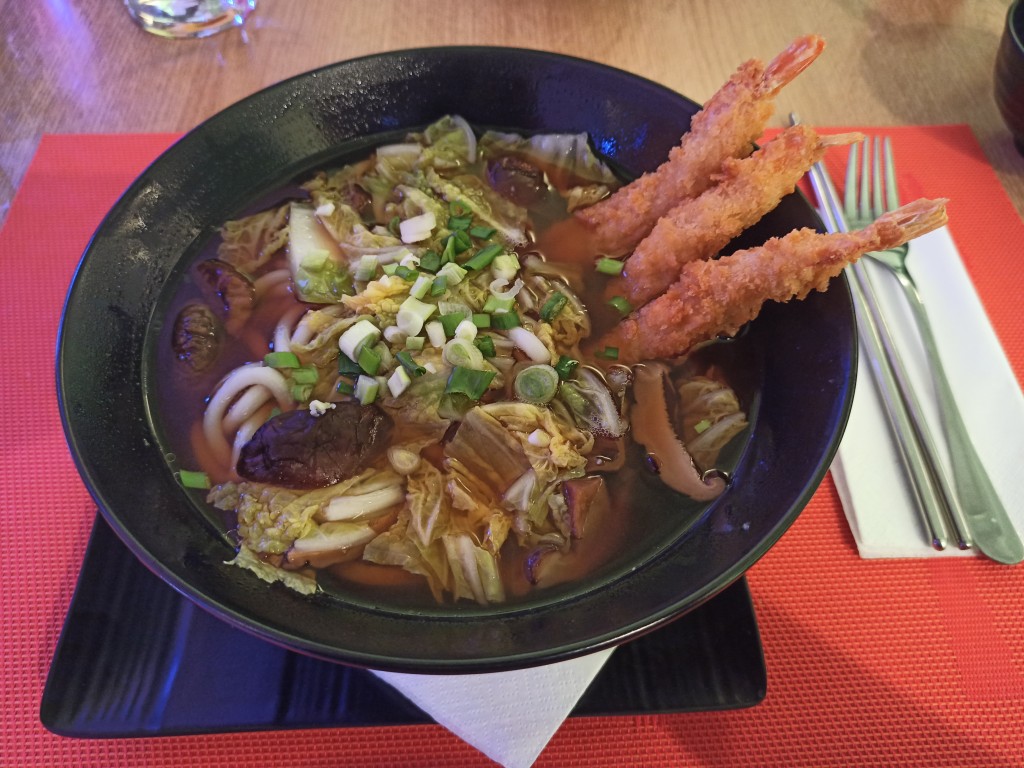
However, if you like and eat seafood, having an Asian soup with fresh shrimps, would be a good choice for you. Shrimps might be served just boiled in the soup or prepared in tempura and added to the soup at the end. A good example of such a composition is a soup with Udon noodles, cabbage, mushrooms, and onion. It is semi-spicy, aromatic and with crispy tiger prawns. The whole dish is nicely sprinkled with freshly cut spring onion.
Tom Yum Soup
Tom Yum and Tom Kha soups are extremely aromatic. Both of them have galangal and lemon leaves that very well mix with the broth. Tom Yum has also lemon grass, mushrooms, onions and tomato.
Tom Kha Soup
In Tom Kha, the ingredients’ list is more limited, but still include lemon leaves, galangal and mushrooms that are soaked in the coconut milk. Tom Kha is very aromatic, has a delicate texture thanks to the dense coconut milk and is a good composition of different tastes. It is a little bit sour, a little bit sweet, partially salty, and bitter.
Miso Soup
Another good idea would be to take a basic Miso soup. Miso has little ingredients, but still, it is worth trying. This soup is a very traditional one and very popular. Actually, it basis on wakame seaweeds, has some tofu cubes and not surprisingly, is sprinkled with chopped spring onion.
Kuaw Tiew Soup or Kuaw Tiew Bami Soup
If you are looking for a more traditional soup, I mean traditional from your perspective and Asian, you would probably prefer to choose either Kuaw Tiew, Kuaw Tiew Bami or Suki soup. Two first - Kuaw Tiew and Kuaw Tiew Bami are a good example of a broth style soups. They have a lot of vegetables like napa cabbage, celery, and bean sprouts (Kuaw Tiew) and mushrooms (Kuaw Tiew Bami). The main difference between them, is the type of noodles. While in the first one - Kuaw Tiew, that are usually rice noodles, in Kuaw Tiew Bami, usually come egg noodles.
Suki Soup
Finally, you should try at least once Suki soup. This traditional soup is usually served with chicken and glass noodles. Inside is napa cabbage, black fungus, carrots, celery and… this wonderful Suki sauce, that changes everything. That is the clou!
And now main courses. We picked only some noodle dishes as I think they are more interesting and are more difficult to prepare easily at home. Not only you need more ingredients, more sauces and different types of noodles, but also, it would be great to have a special cooking wok, that would fry them quickly without soaking too much.
Asian main dishes - fried noodles
Pad Thai

We could not make a list of Thai fried noodle without a traditional Pad Thai. Fried rice noodles with vegetables and optionally with some meat, seafood or just tofu. In the most basic recipe, Pad Thai comes alone, with no meat. However, Pad Thai is not deprived of proteins. Not only has it eggs, tofu and peanuts, but also some dried, tiny shrimps.

Vegetables in Pad Thai are also one of the most common and popular ones. Cabbage, carrots, and onions create the main part. Rice noodles are mixed with vegetables and eggs and fried. When served, Pad Thai is sprinkled with spring onion and a rich handful of crushed peanuts. Aside comes a piece of lime of lemon for sprinkling the whole meal. 
Although very basic and simple, Pad Thai tastes greatly and is something you cannot miss in Thailand!
Pad Wun Sen
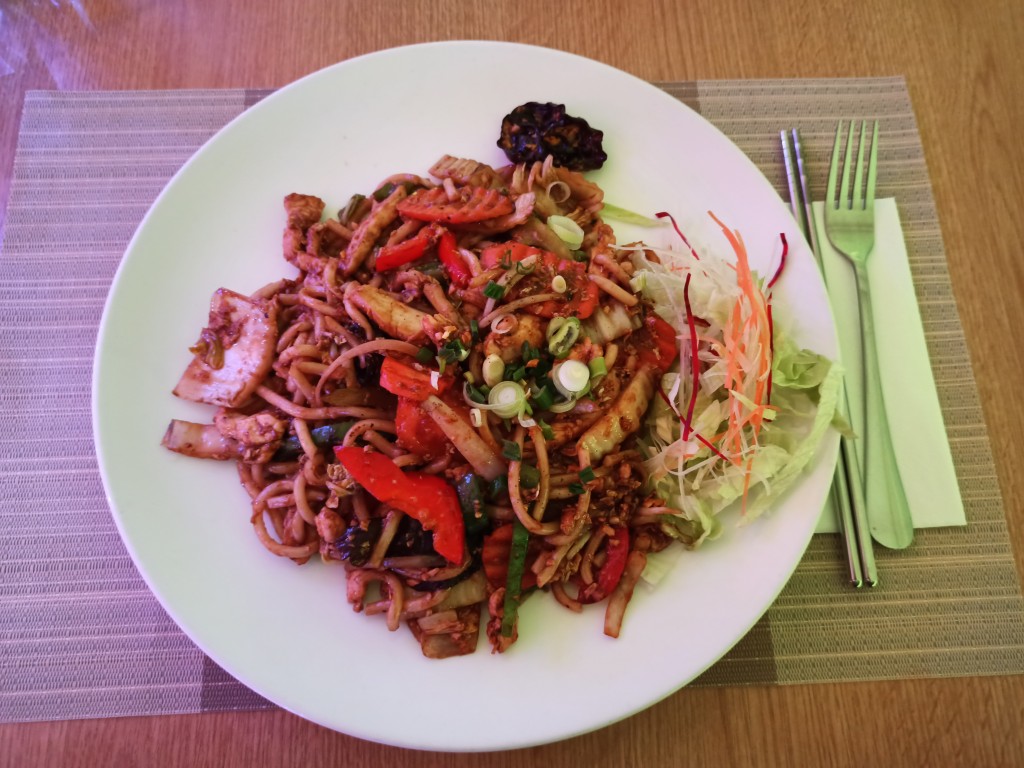
Pad Wun Sen basis on glass noodles. If you have never before tried them, Pad Wun Sen is a good option to start with. Glass noodles are thin, sticky and easily absorbing sauces. Their texture is delicate and a little bit glutinous. They have a very interesting taste and are definitively something you should try. Pad Wun Sen is a fried noodle dish with many, colorful vegetables. It has almost all colors! White and yellow from cabbage, orange from carrots, red from a tomato, green from a celery and even black from black fungus, known as wood ear mushroom. It looks so nicely!
Pad Udon
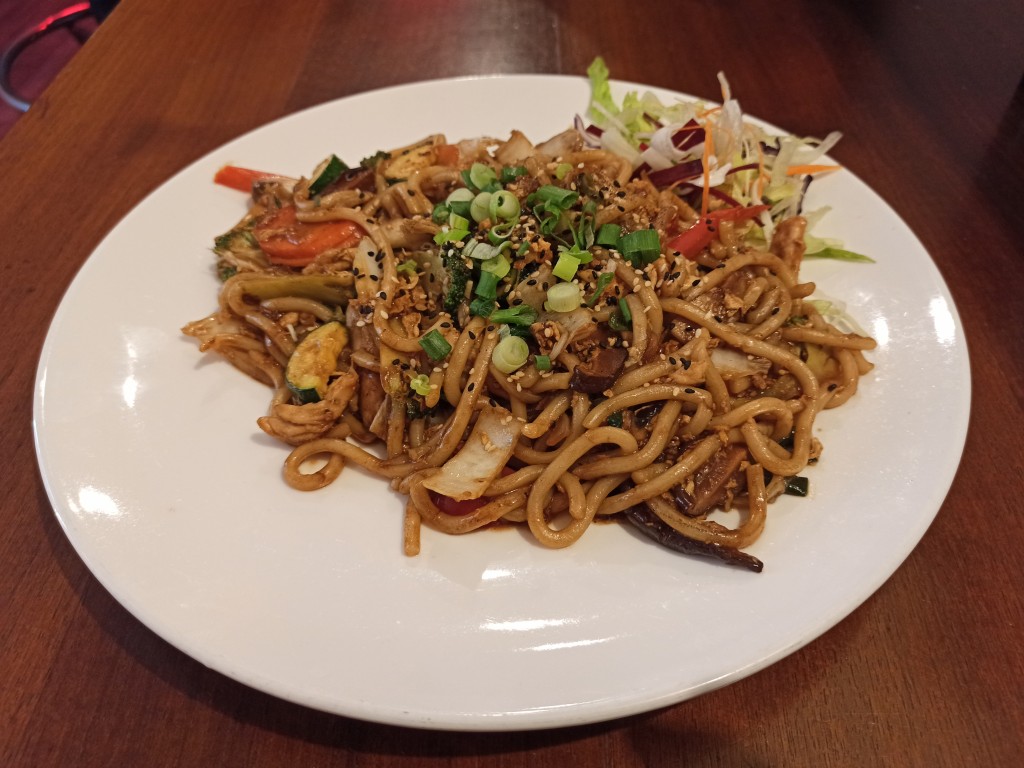
Udon noodles are delicious! They are delicate, thick but at the same time soft. Udon noodles have a pale color, are almost white. The only color they get, is the one absorbed from the sauce. Fired Udon noodles are also colorful and full of different textures.
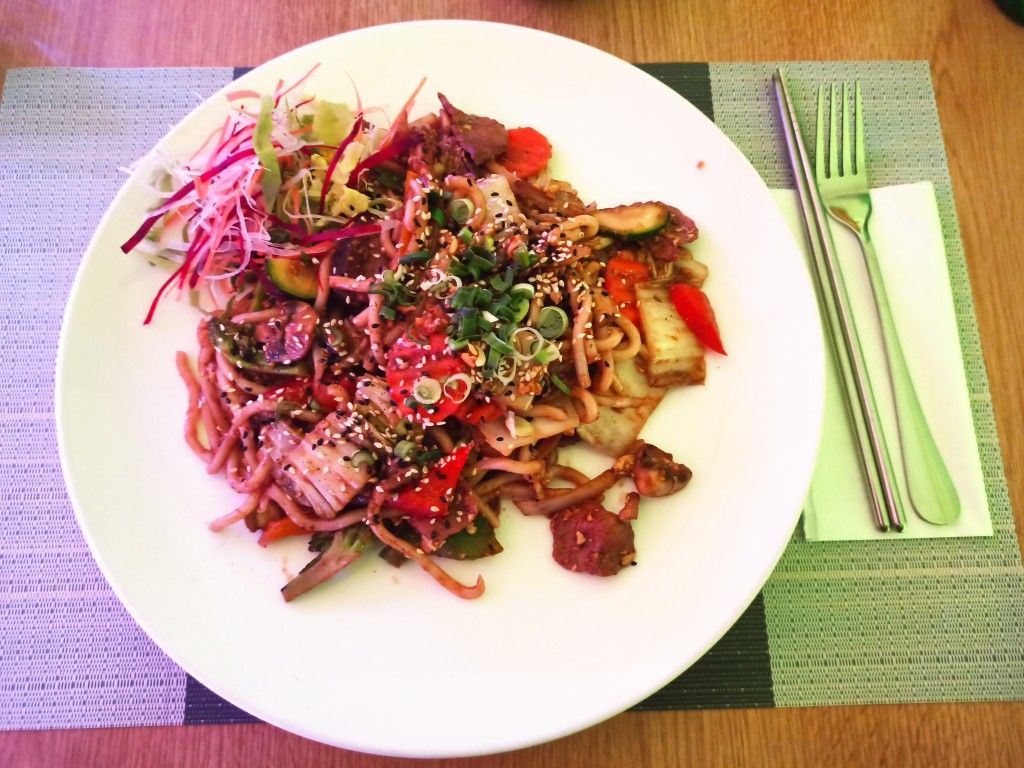
Vegetables are not overcooked or over-fried, but they are still tender and soft. Although you can taste their texture, they are not raw. Fried Udon noodles are prepared with napa cabbage, carrots, onion, zucchini, broccoli flowers and shiitake mushrooms (Read more about Japanese and Asian mushrooms).
Pad Suki
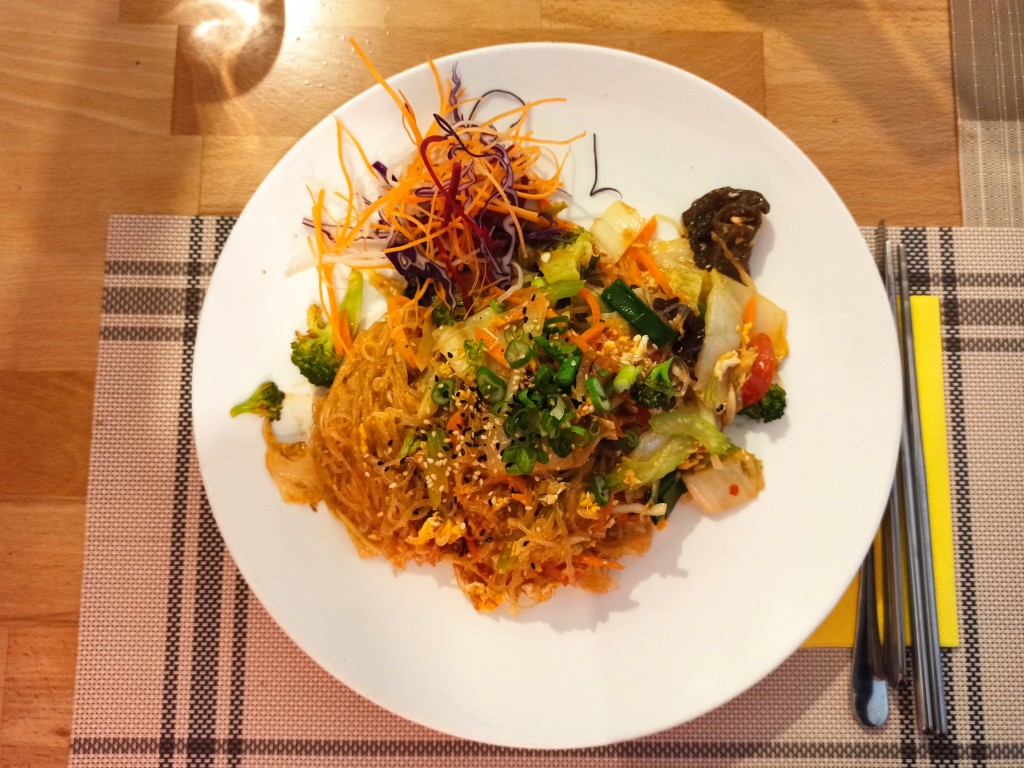
Pad Suki is another great option for having your first glass noodle meal. Noodles are shortly fried with napa cabbage, celery, carrot, onion, tomato, and wood ear mushrooms. All that is seasoned with a very traditional and very typical Thai Suki sauce.
Pad Bami
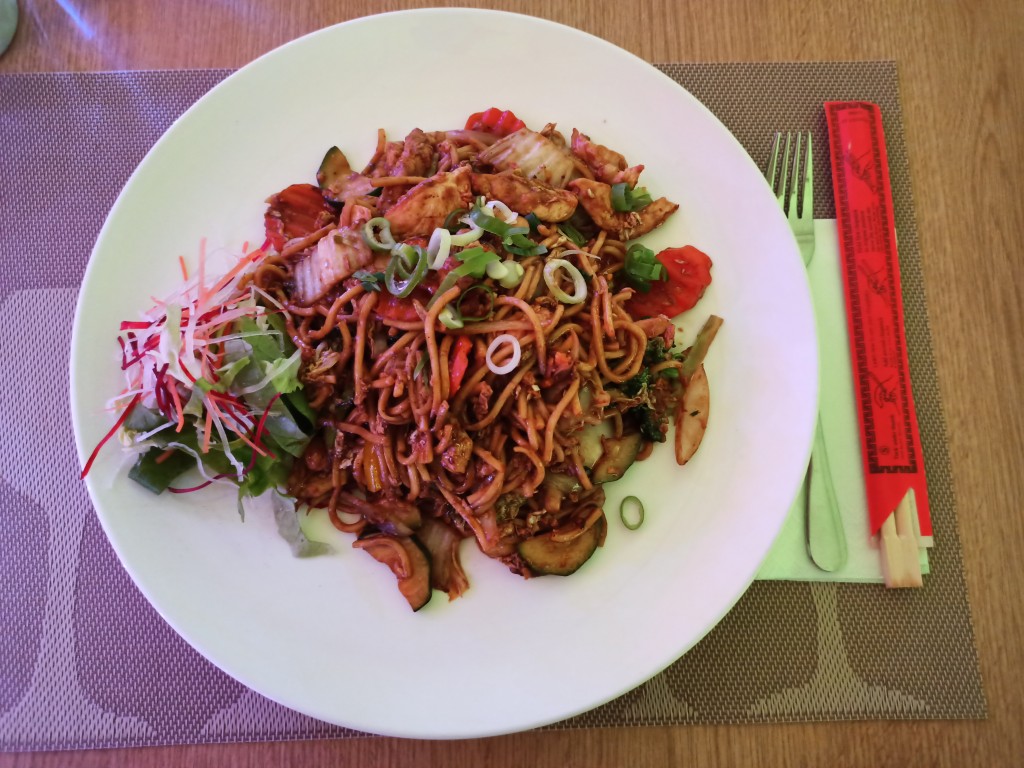
If you are not a big fan of any unusually, from western point of view, type of noodles, choose Pad Bami. Pad Bami is a fried egg noodle dish that comes with multiple vegetables but does not have mushrooms. Here, apart from the napa cabbage, you will find carrots, onions, zucchini slices, broccoli flowers and bell pepper. As usually, when there is a big mix of vegetables, the meal looks so nicely. It is colorful and so tempting!
Pad See Ew

Next two dishes come with rice noodles. These rice noodles are usually relatively thin but still wider than glass noodles or rice noodles used for spring rolls. Pad See Ew is a very simple fried noodles meal that is prepared with napa cabbage, some broccoli flowers, onions, carrots and sprinkled with chopped spring onion.
Pad Khi Mao
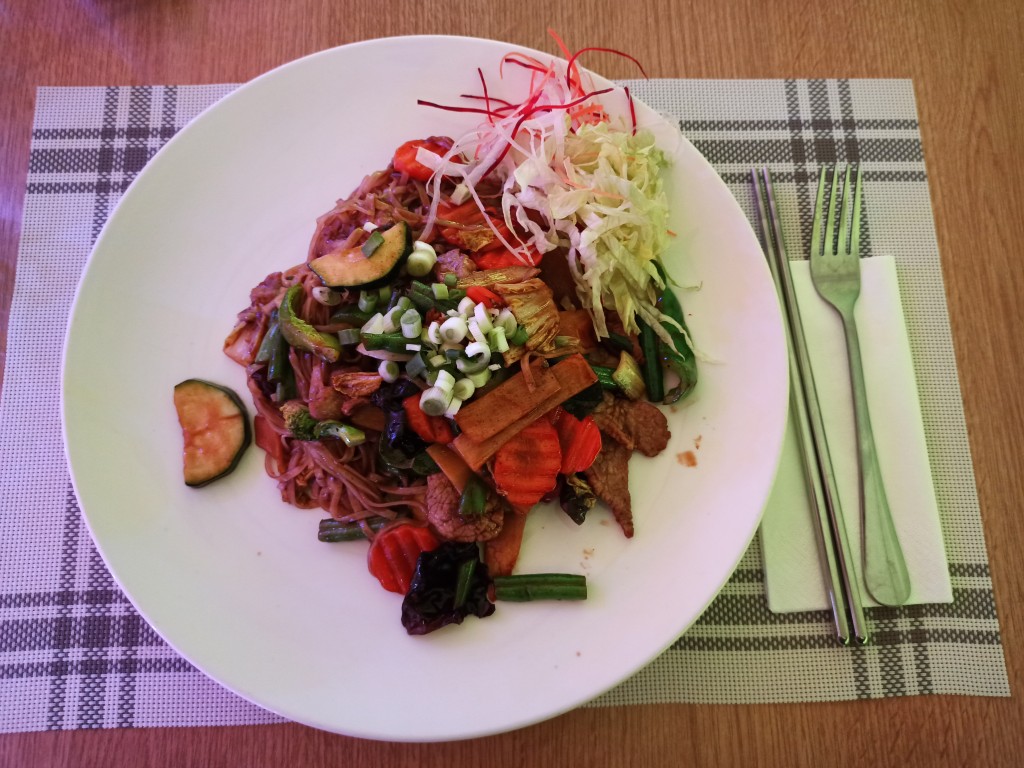
We finish our fried noodles list with Pad Khi Mao. This dish is also worth mentioning as it goes with some bamboo slices. Apart from that, rice noodles are fried with napa cabbage, zucchini, carrots, onion, bell pepper stripes and some broccoli flowers. Sometimes, wood ear mushrooms are added too.
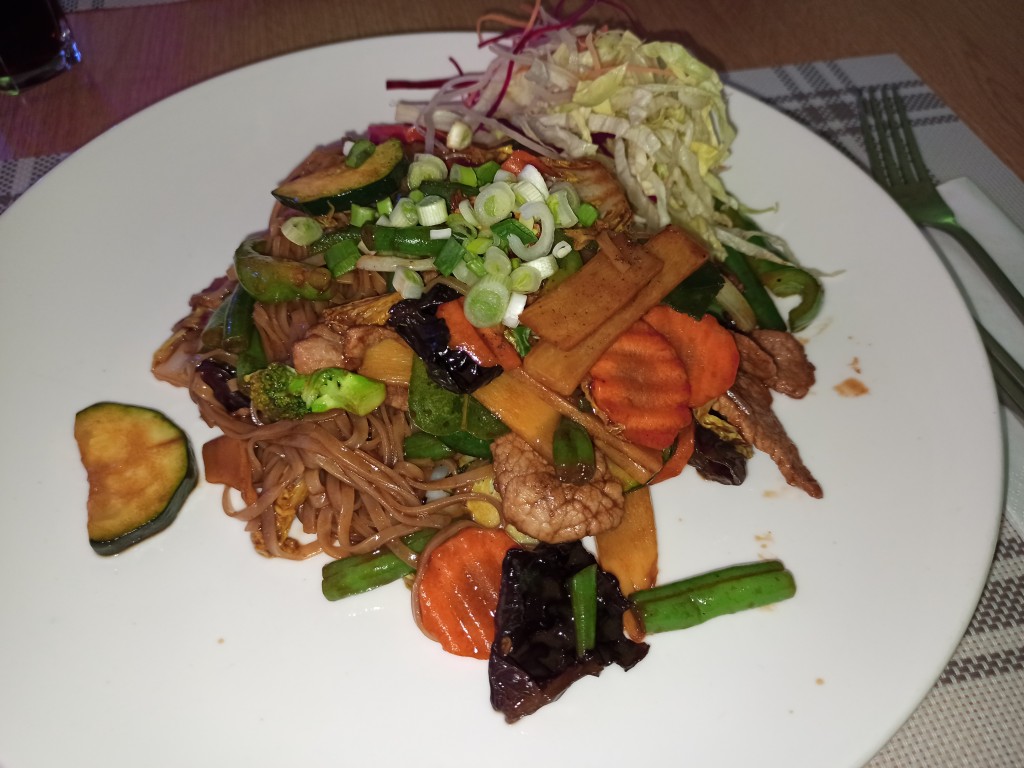
Finally, Pad Khi Mao is garnished with spring onion, what makes this dish even more colorful.
Well, now it is time for you, to try them and select your favorites! Read also about our other experiences with Asian food in Hungary.
Date: 2022-01-25
Author: Beti – A passionate traveler and lover of Asian cuisine, especially Thai and Japanese dishes, Bernadeta brings her culinary and cultural experiences to life in her writing. Beyond her travels, she’s an avid technology enthusiast with a deep interest in data processing, merging her love for exploration with analytical insights.
Photographer: Adalbert – An aficionado of computers and photography, Adalbert captures the essence of diverse cuisines with a discerning eye. A connoisseur of rich flavors and particularly fond of meat-based dishes, he combines his technical skills with his passion for the culinary arts in every shot.









